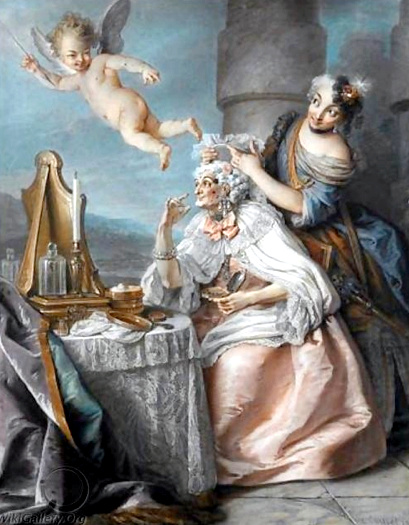During the eighteenth century, beauty marks, or "mouches," were not merely cosmetic accents but significant fashion statements. These artificial beauty spots, which could be crafted in a variety of shapes like hearts, crescent moons, or stars, were an essential part of both men's and women's grooming rituals. The more elaborate patches sometimes took on whimsical forms, such as birds, flowers, or even horse-drawn carriages, reflecting a playful engagement with fashion.
The term "mouches," meaning "flies" in French, refers to the early patches made from silk, taffeta, leather, or velvet. Some were crafted from moleskin, an element that has contributed to the English word "mole" for beauty marks. The patches were initially introduced in the 1600s to mask smallpox scars or other skin blemishes, temporarily adhering to the face, neck, shoulders, and breasts. Their application was both an act of vanity and a necessity in an era when skin imperfections were keenly noticeable.
Patches quickly evolved from practical coverings to coveted fashion accessories among the court elite, leading to their designation as "court plasters." The enduring appeal of these adornments is captured in the works of playwrights like Beaumont and Fletcher, who noted their diverse shapes and the high regard in which they were held. For instance, in their play, they describe how some patches were cut into stars, moons, or lozenges, highlighting their ornamental and symbolic roles.





